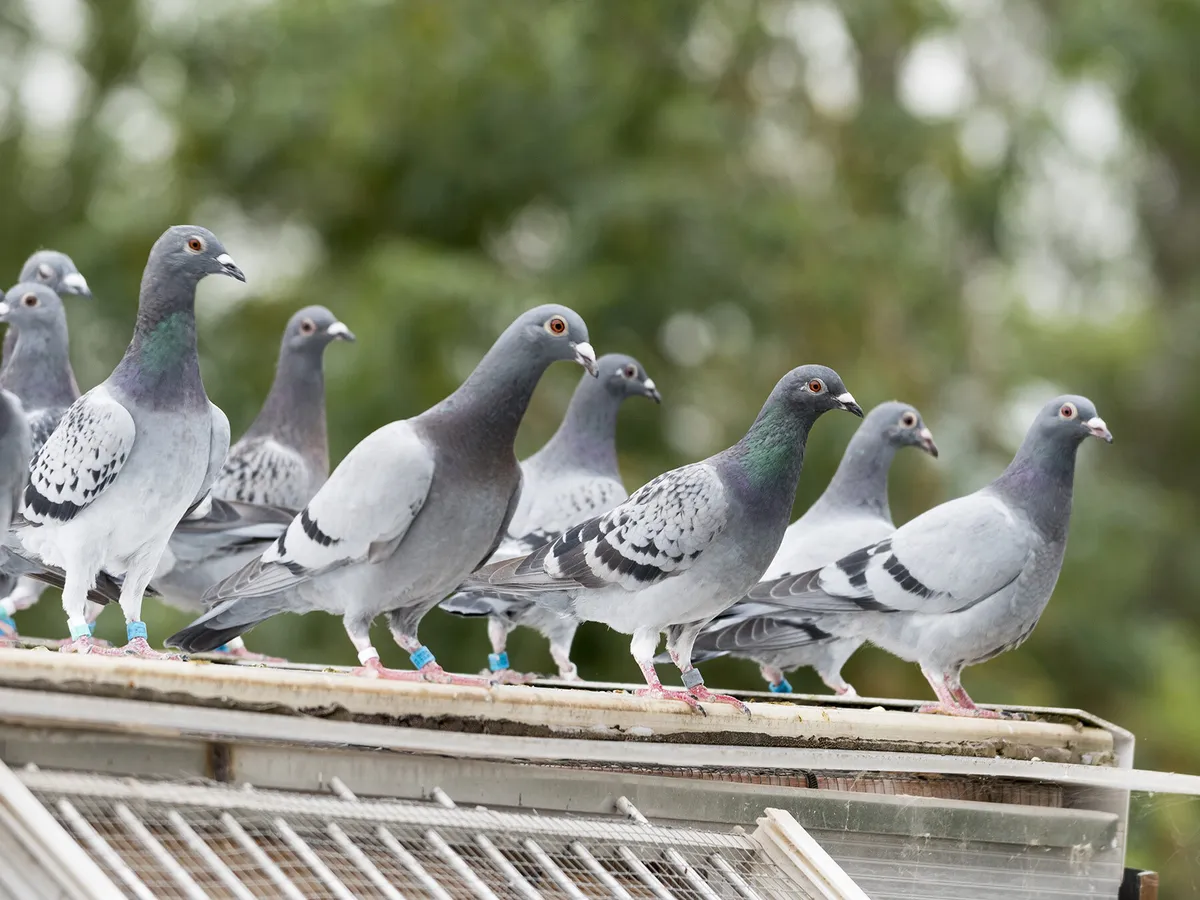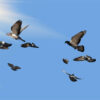
Preventing Respiratory Issues in Young Pigeons
Preventing Respiratory Issues in Young Racing Pigeons
Raising healthy young racing pigeons is every fancier’s dream, but reality often proves challenging—especially after weaning. This vulnerable stage can be a tipping point where stress, environmental exposure, and undeveloped immunity combine to create the perfect storm for respiratory infections.
Whether you’re managing a large racing loft or just a few breeding pairs, early intervention is critical. Respiratory diseases not only stunt development but can permanently impair a young bird’s racing potential.
In this guide, we’ll explore practical strategies to prevent respiratory problems in young racing pigeons—from early vaccination and probiotic support to loft biosecurity and air quality management. If you want your next generation of racers to grow strong and fly fast, this post is for you.
Why Young Racing Pigeons Are Vulnerable
After weaning, young pigeons face a sudden shift in their environment and care routines. They’re no longer relying on crop milk or constant parental warmth. Instead, they’re adjusting to solid feed, navigating the loft, and building immunity—all at once.
This transitional period often overlaps with:
-
Exposure to new pathogens in the loft
-
Stress from handling, banding, or vaccination
-
Changing temperatures or ventilation issues
-
Grouping with other young or adult birds
All of these factors weaken natural defenses, making young pigeons susceptible to respiratory illnesses like:
-
Mycoplasma
-
Chlamydia (Ornithosis)
-
Adeno-Coli complex with respiratory symptoms
-
Paramyxovirus (PPMV1)
-
Herpesvirus
-
Secondary bacterial infections (e.g., E. coli, Pasteurella)
Common Symptoms of Respiratory Infections
Catching symptoms early can help stop a full-blown outbreak. Here’s what to watch for:
-
Sneezing or nasal discharge
-
Labored or open-mouth breathing
-
Wheezing or rattling in the chest
-
Swollen sinuses or watery eyes
-
Reduced appetite and slow growth
-
Lethargy or refusal to train
-
Messy, watery droppings
If several young birds show these signs, isolation and immediate treatment are essential. But ideally, you want to prevent the problem before it starts.
Strategy #1: Early Vaccination (If Applicable)
Vaccination is one of the most powerful preventive tools at your disposal—when done correctly.
Key Vaccines for Young Pigeons:
-
Paramyxovirus (PPMV1) — Usually given around 4–6 weeks of age
-
Herpesvirus or combined vaccines — Optional but valuable if loft history includes infections
-
Salmonella vaccine In high-risk breeding setups
Vaccinating during or just after the weaning period gives young birds a head start in developing immunity before training and mixing with other birds.
Pro Tip: Choose inactivated (killed) vaccines for young birds with underdeveloped immune systems. Always consult with an avian vet or follow product guidelines.
Strategy #2: Use Probiotics to Build Gut and Immune Health
It’s easy to forget that immune strength starts in the gut—especially in birds. A stable gut flora helps regulate inflammation, nutrient absorption, and disease resistance.
Why Use Probiotics Post-Weaning?
-
Prevents diarrhea and crop slowdowns
-
Strengthens immune response
-
Outcompetes harmful bacteria (e.g., E. coli)
-
Aids recovery after vaccination or stress
Choose a high quality avian-specific probiotic or use combined products with vitamins and electrolytes for added support. Administer during:
-
Weaning transition (days 1–5)
-
After vaccinations
-
Stressful events (handling, races, weather changes)
Bonus Tip: Combine probiotics with garlic extract or oregano-based natural antimicrobials to support the respiratory system naturally.
Strategy #3: Enforce Strong Loft Biosecurity
The loft itself can make or break your birds’ health. An unclean or overcrowded environment invites the spread of dust, bacteria, viruses, and parasites—especially dangerous for young pigeons.
Core Loft Biosecurity Rules:
-
Separate young birds from adults until they’re vaccinated and stabilized.
-
Disinfect perches, drinkers, and feeders weekly.
-
Install wire-mesh floors or dry bedding like pine shavings to absorb moisture.
-
Restrict access—no visitors or outside birds without quarantine.
-
Rotate disinfectants to prevent resistance buildup.
Also consider using respiratory support supplements during critical times to help birds resist dust-related irritation.
Strategy #4: Optimize Ventilation Without Drafts
Young birds’ lungs are delicate and can’t handle ammonia buildup, dust, or dampness as well as adults. Poor air quality weakens their respiratory mucosa—paving the way for pathogens to take hold.
Loft Air Quality Checklist:
-
Ensure top-to-bottom airflow (ventilation at ceiling and floor)
-
Avoid direct drafts on perches or nesting areas
-
Clean droppings trays every 1–2 days
-
Use ammonia absorbers like zeolite or lime powder
-
Install UV germicidal lights for pathogen reduction (optional but effective)
Improving loft airflow not only prevents respiratory illness but also boosts athletic conditioning in young birds by increasing oxygen intake and reducing toxins.
Strategy #5: Feed for Immunity, Not Just Growth
We often focus on weight gain and feather condition post-weaning, but a well-rounded diet is the secret to developing disease-resistant birds.
Essential Nutrients:
-
Vitamin A – Supports mucus membranes in the respiratory tract
-
Vitamin E & Selenium – Natural antioxidants and immune boosters
-
Zinc – Critical for immune function and feather growth
-
Omega-3s – Reduces inflammation and supports lung health
Use a high-quality racing pigeon mix, supplemented with:
-
Cod liver oil (twice weekly)
-
Brewer’s yeast or immune premixes
-
Grit with charcoal, red stone, and minerals
Feeding Tip: Avoid moldy grains or dusty feed—these can harbor fungal spores that irritate the respiratory tract.
Strategy #6: Quarantine and Monitor New Arrivals
Introducing birds from other lofts is a top cause of respiratory outbreaks, especially when young birds are still building immunity.
Always:
-
Quarantine new birds for minimum 3 weeks
-
Monitor for signs of illness or discharge
-
Vaccinate or test before merging groups
-
Use probiotics and immune tonics during quarantine
Even if the new arrivals look healthy, they can be asymptomatic carriers of viruses or bacteria.
Strategy #7: Respond Quickly to Early Symptoms
Despite your best efforts, infections can still happen. The key is to act fast when signs appear.
Immediate Steps:
-
Isolate affected birds
-
Increase ventilation
-
Begin natural respiratory support (e.g., oregano oil, garlic)
-
Contact a vet for diagnostics (swab, fecal exam)
-
Use targeted antibiotics if needed—never medicate blindly
Some pigeon fanciers keep respiratory mixes on hand, but it’s best to combine treatment with supportive care: probiotics, electrolytes, and rest.
Conclusion: A Strong Start for a Strong Finish
The path to a champion pigeon begins in the nursery. Post-weaning care is your first—and most important—chance to set the stage for a bird’s future performance. Preventing respiratory issues in young racing pigeons isn’t about luck. It’s about preparation, timing, and consistency.
By combining:
-
Early vaccinations
-
Probiotic and vitamin support
-
Strict loft hygiene and air control
-
Smart feeding and quarantine protocols
You can drastically reduce respiratory outbreaks and raise a stronger, faster, healthier race team.
Start early. Stay consistent. Watch your young birds soar.


